Top Ways To Prevent Sports Injuries
Apr 11, 2023
As sports fans, we love to see our favorite athletes perform at the highest level. However, we don’t often think about the dangers that come with playing sports. Every year, millions of people are injured while playing sports. Many of these injuries could have been prevented if the players had known the fundamentals of sports injury prevention and taken the necessary precautions.
Preventing Sports Injuries
Here are the top 10 ways to prevent sports injuries:
1. Stretch before you play.
It’s important to loosen up your muscles and get your blood flowing before you start playing. Doing a few simple stretching exercises can help you avoid pulled muscles and other injuries. Stretching is extremely important if you are working through a previous injury too.
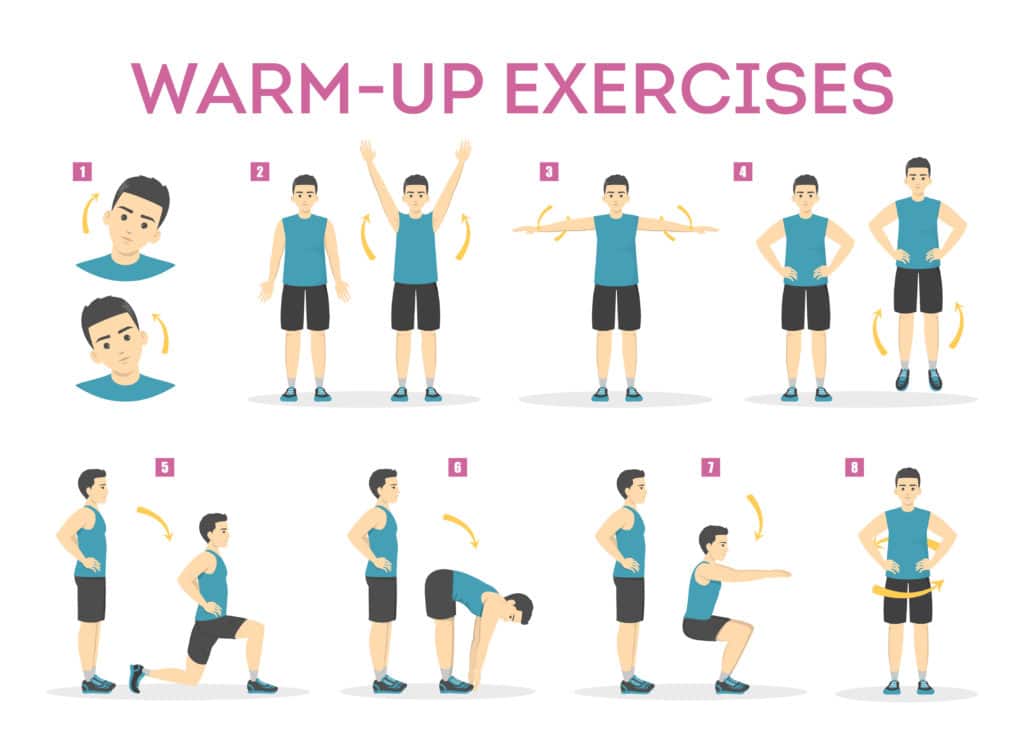
2. Wear the proper equipment.
Make sure you’re wearing the right shoes for your sport, and that all of your gear fits properly. Wearing the proper equipment can help reduce your risk of injury.

3. Use the proper technique.
When you’re playing sports, make sure you’re using the proper technique. If you’re not sure how to do something, ask a coach or another player. Using the proper technique can help reduce your risk of injury.
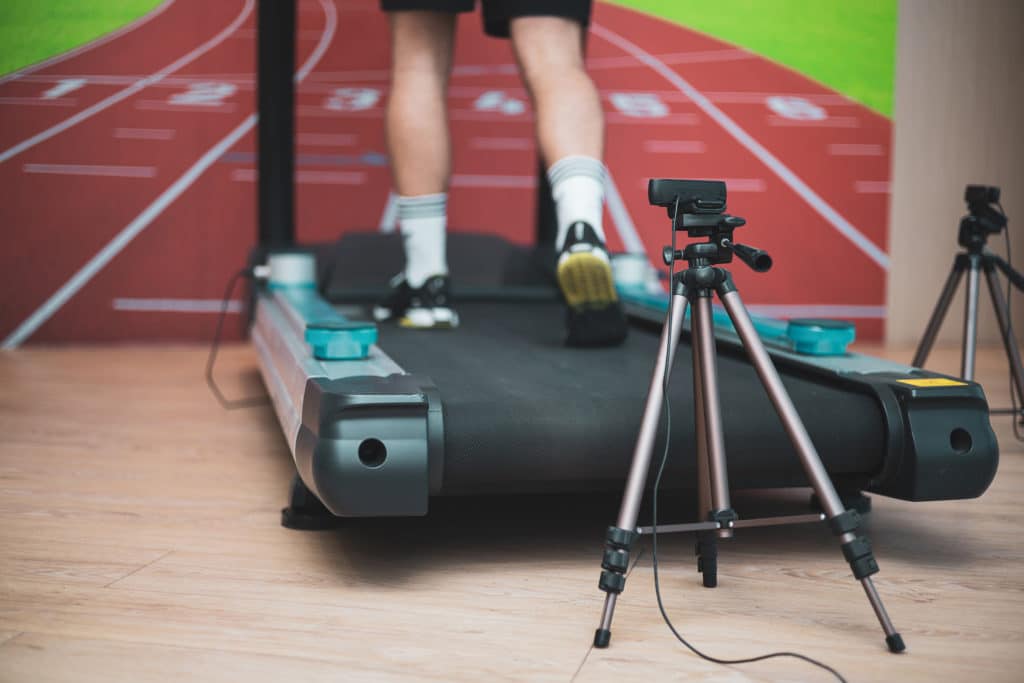
4. Be aware of your surroundings.
It’s important to be aware of what’s going on around you when you’re playing sports. Pay attention to where other players are, and be aware of any obstacles that could trip you up. Being aware of your surroundings can help reduce your risk of injury.
5. Warm up and stretch.
It’s important to warm up and stretch before you play sports. Warming up helps increase your heart rate and gets your muscles ready for activity. Stretching helps improve your range of motion and can help reduce your risk of injury.
6. Drink plenty of fluids.
When you’re playing sports, it’s important to stay hydrated. Drinking plenty of fluids helps keep your body temperature down and can help prevent cramps.

7. Listen to your body.
If you’re feeling pain, fatigue, or dizziness, stop playing and rest. Continuing to play when you’re injured can make the injury worse. If you’re not sure whether or not you should keep playing, ask a coach or medical professional.
8. Play by the rules.
Playing by the rules helps reduce your risk of injury. It also helps make sure that everyone is safe and has a good time.
9. Warm up and cool down.
Warming up and cooling down helps prepare your body for activity and prevents injuries. Start with some light stretches and end with some slow walking or jogging. Cold muscles can lead to an increased risk of more injuries and cramping.
10. Have fun!
Playing sports is supposed to be enjoyable. If you’re not having fun, you’re less likely to stick with it. Find an activity that you enjoy and make sure you’re playing for the right reasons.
The Most Common Sports Injuries
While some sports injuries are unavoidable, there are things you can do to reduce your risk. There are many different types of sports injuries, but some are more common than others.
The most common sports injuries include:
Sprains and strains
While sprains and strains aren’t considered to be serious injuries, they’re still very common. A sprain is a stretch or tear of a ligament, while a strain is a stretch or tear of a muscle or tendon. Both injuries can be extremely painful and may require rest, ice, and physical therapy to heal properly.
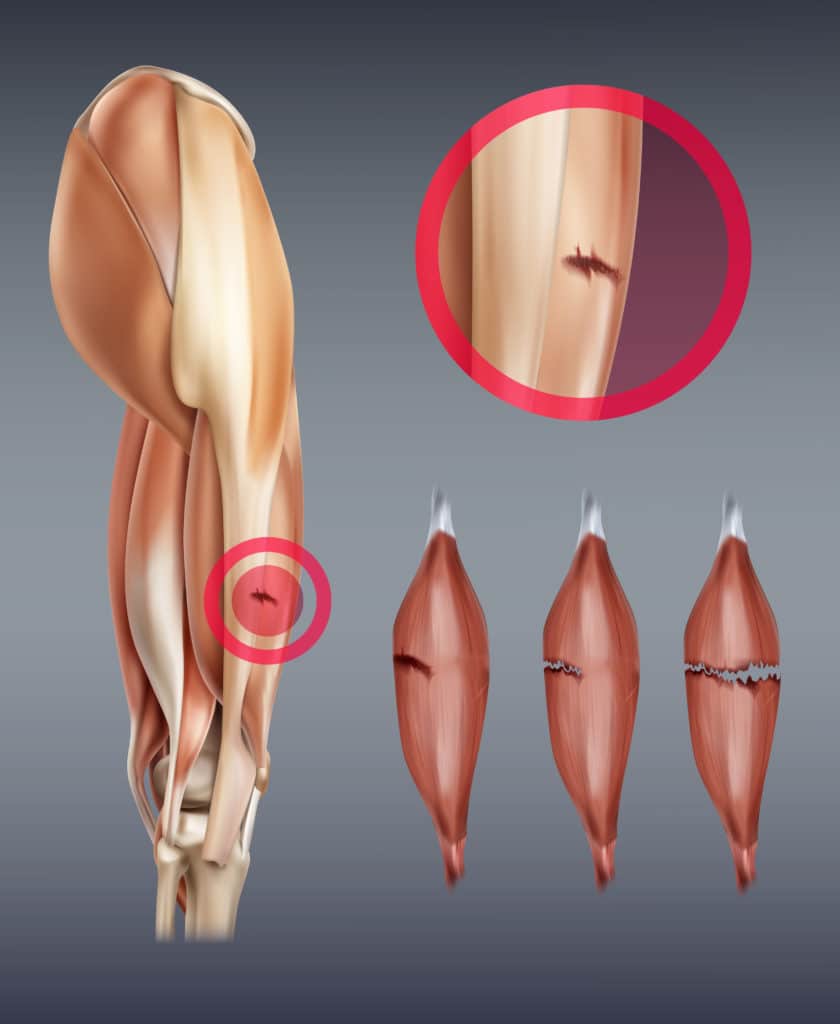
Achilles tendinitis
Achilles tendinitis is an inflammation of the Achilles tendon, which attaches the calf muscle to the heel bone. This injury is common in sports that require sudden stops and starts, such as basketball, tennis, and track. Symptoms include pain and stiffness in the back of the leg, particularly in the morning. Achilles tendinitis can be treated with rest, ice, and physical therapy. Surgery is rarely necessary.
Shin splints
Shin splints are a common sports injury that occurs when the muscles and tendons around the shin become overworked. This can happen from over-pronation, or flat feet, which puts extra stress on the shins. Shin splints are also common in sports that involve a lot of running, such as track, cross country, and soccer. Symptoms include pain in the front or back of the shin and tenderness to touch. Shin splints can be treated with rest, ice, and physical therapy. Surgery is rarely necessary.
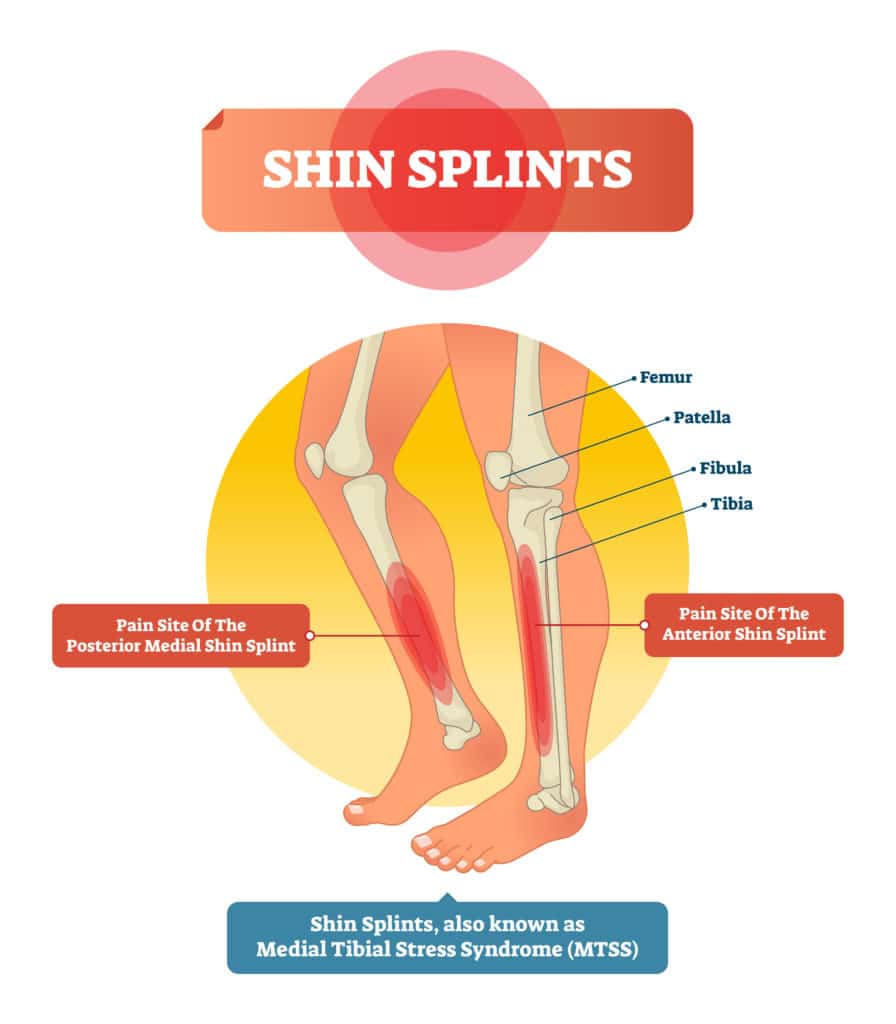
Patellar tendinitis
Patellar tendinitis is an inflammation of the patellar tendon, which attaches the kneecap to the shin bone. This injury is common in sports that involve a lot of jumping, such as basketball, volleyball, and track. Symptoms include pain in the front of the knee, tenderness to touch, and swelling. Patellar tendinitis can be treated with rest, ice, and physical therapy. Surgery is rarely necessary.
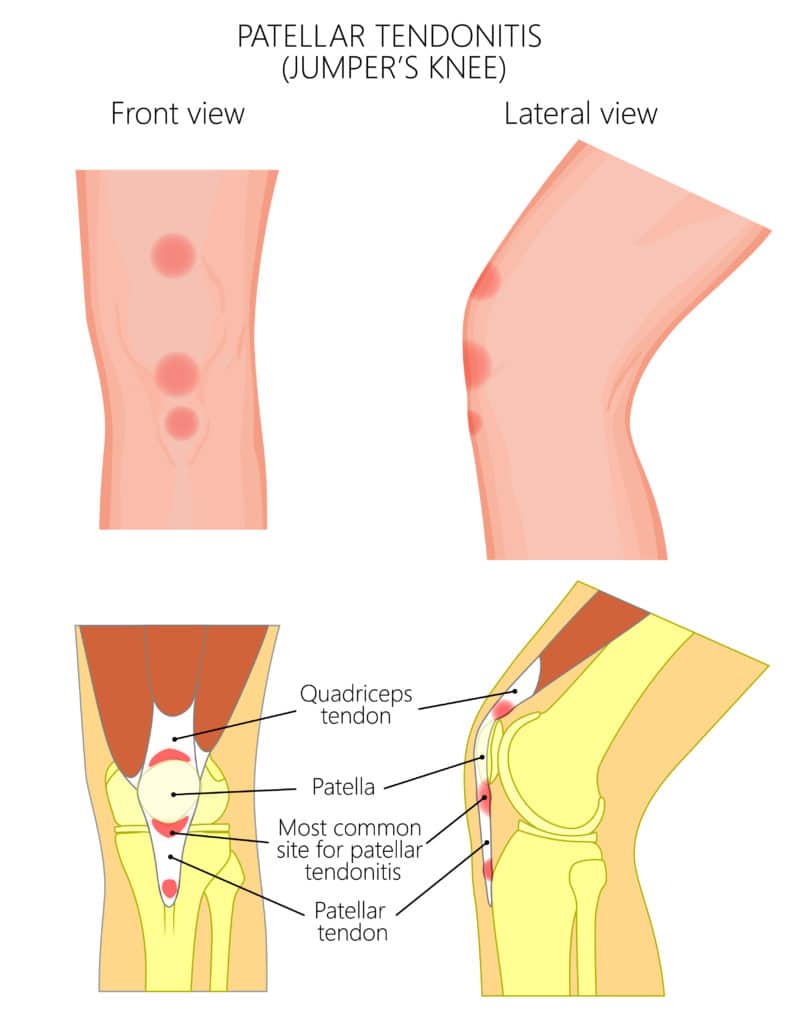
Fractures
One of the more serious injury risks associated with sports is fractures. A fracture is a break in the bone. Fractures can occur from a direct blow to the bone, or from repetitive stress on the bone. Symptoms of a fracture include pain, swelling, and deformity of the affected area. Treatment for a fracture typically involves immobilization of the affected area in a cast or splint and rest. More serious fractures may require surgery to correct the break.
Dislocations
Dislocations are another type of serious sports injury. A dislocation occurs when the ends of the bone are forced out of alignment. Dislocations can be extremely painful and may require surgery to correct. Many dislocations can be avoided by using protective equipment such as pads.
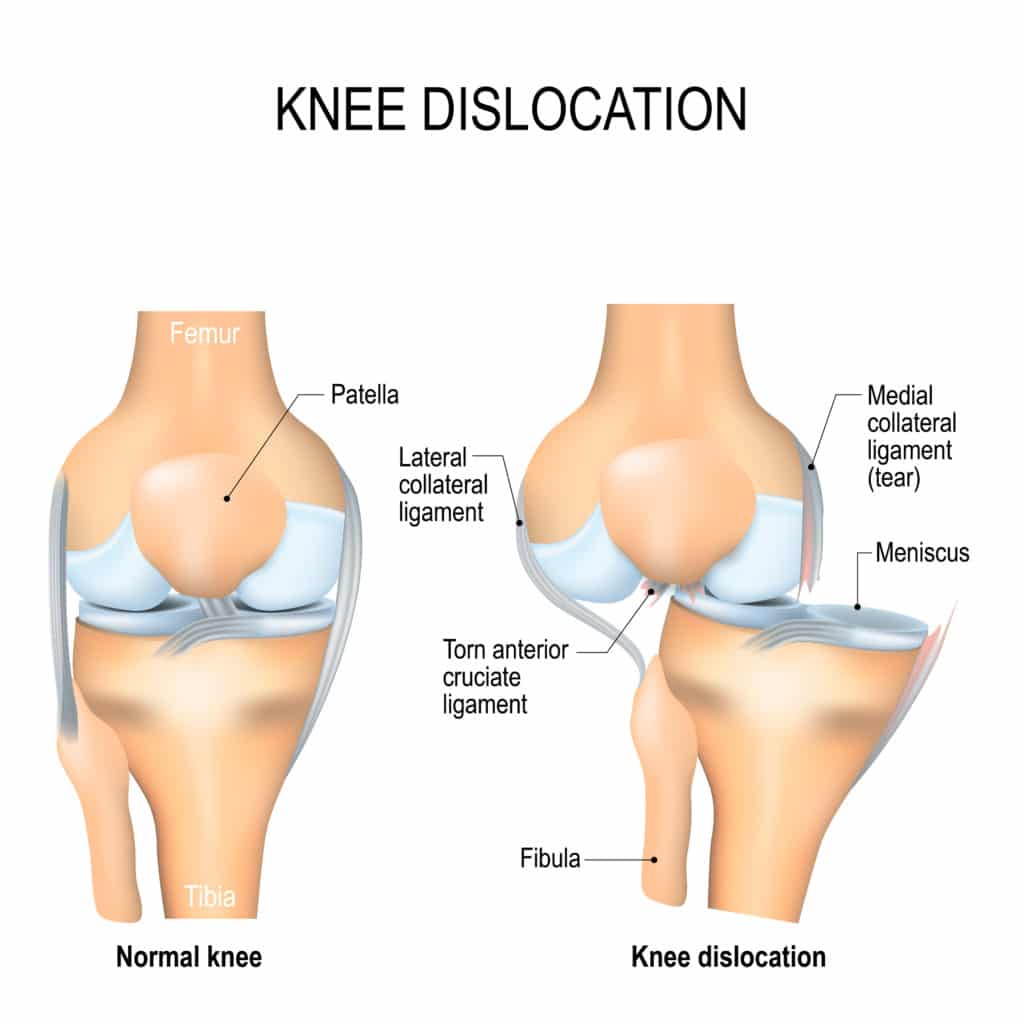
Torn Ligaments and Tendons
Ligaments and tendons are tissues that connect bone to bone or muscle to bone. These tissues can be torn during sports activities, resulting in pain, swelling, and instability of the affected joint. Treatment for a torn ligament or tendon typically involves immobilization of the affected area, followed by physical therapy to help regain strength and range of motion. Surgery may also be necessary in some cases.
Concussions & Head injuries
Sports injuries such as concussions and head injuries are usually caused from misusing protective gear or not using any at all. Wearing the proper gear, such as a helmet when riding a bike or playing contact sports, can help prevent a sports-related injury like this.
Neck injuries
One of the most common sport injuries are related to your neck, such as a whiplash. This is often caused by not using the proper safety gear or not using any at all. Wearing a neck brace or collar can help prevent this type of sports injury.
Back injuries
A back injury is another sports injury that is common. This is often caused by not properly stretching or warming up before playing a sport. Additionally, using the proper weightlifting techniques can help prevent a sports-related back injury.

Knee injuries
Another sports injury that is common are knee injuries, such as ACL tears. Wearing a knee brace can help support your knees and prevent sports-related injuries.
Shoulder injuries
Shoulder injuries are also common, especially in sports that involve overhead motions, such as baseball or volleyball. Wearing a shoulder brace can help stabilize your shoulder and prevent sports-related injuries.
Elbow injuries
Elbow injuries, such as tennis elbow, are also common. Wearing an elbow brace can help prevent sports-related elbow injuries.
Dealing With Serious Injuries
The best way to prevent sports injuries is to be proactive and take steps to protect your body before participating in any sports or physical activity, but if you’re already suffering from a sports-related injury, it’s important to seek medical attention immediately. Depending on the severity of the injury, you may need to see a doctor, orthopedic surgeon, or even a physical therapist.
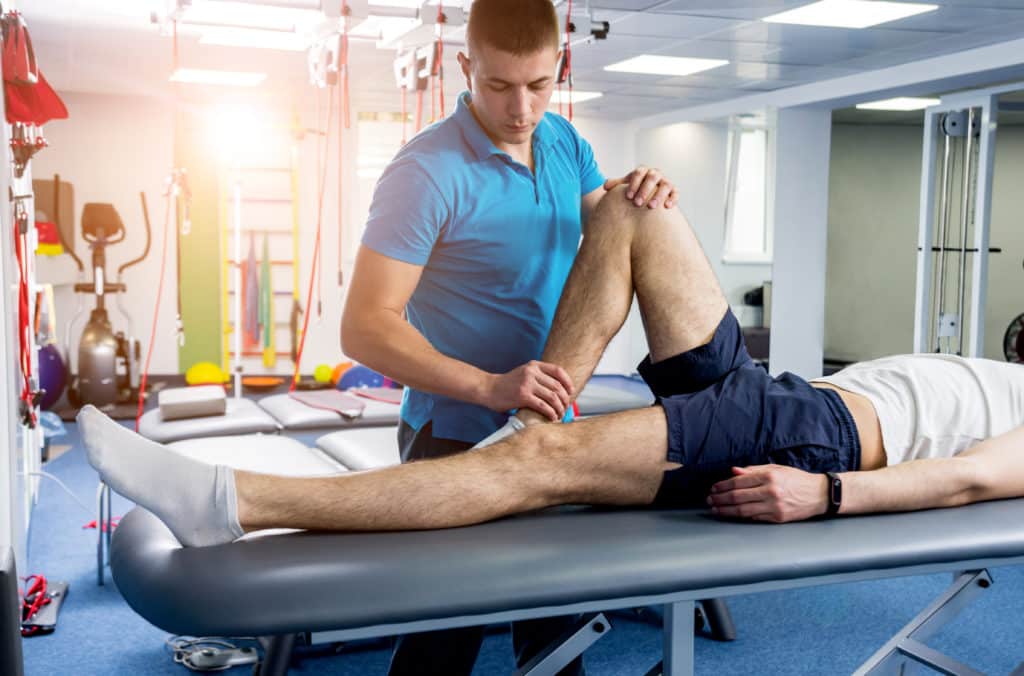
Get More Sports Injury Prevention Tips
Everyone wants to know how to throw a football, how to train harder, how to run faster, or gain muscle but not many people think about how to avoid overuse injuries, prevent injuries, or cope with previous injuries. Our team of training professionals at The Performance Lab of California can provide proper training and work with you to help you avoid common injuries while excelling at sports participation.
Watch our video here and discover more tips to avoid sports injuries:
We’ve helped hundreds of young athletes from football players to baseball players and other sports, and we can help you get to the next level too!
Stay connected with news and updates!
Join our mailing list to receive the latest news and updates from our team.
Don't worry, your information will not be shared.
We hate SPAM. We will never sell your information, for any reason.

